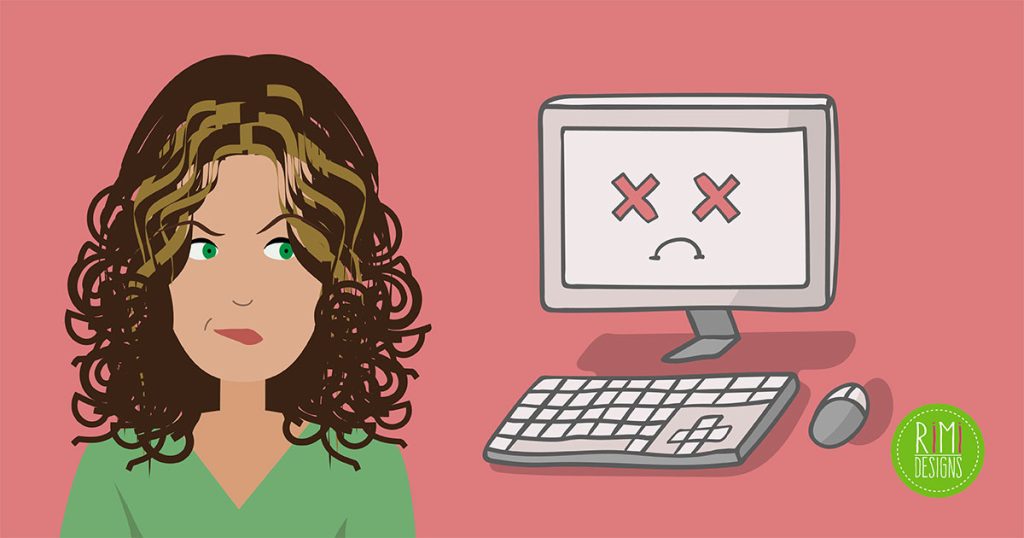
Mistakes to Avoid as a Freelance Graphic Designer
Mistakes are inevitable, especially when you are working on an art or graphic design project. You cannot prevent every single mistake from occurring. However, you can avoid most common mistakes that you may encounter in your work, as long as you look out for them closely.
Using the wrong file format
One of the common mistakes made by freelance designers, especially ones that are inexperienced, is saving their projects with an incorrect file format. Keep in mind that the formats used to work on the design are not always the same format needed to save the finalised project – especially for output purposes.
The general rule of thumb is to set print work as CMYK at 300 dpi. On the other hand, if you are developing work for the web, use RGB instead.
When determining the resolution, you should always focus on your client’s specific needs visually. Focus on colour profiles and fonts before saving and printing your projects.
Refusing to get a second opinion
In your opinion, your finished project might be an artistic masterpiece. Regardless of how many times you look at it, you may never see a single flaw worth mentioning. However, since it is your creation, your opinion is always biased and therefore should never be trusted. Make sure you get a second opinion before revealing your design to your client.
A trusted colleague, business partner or even an honest friend with an eye for detail would suffice. Having a second set of eyes to review and examine your work is vital, because they might be able to catch something that your biased, untrustworthy eyes missed the first time around.
Rationalising plagiarism for designs
Believing that even the smallest extent of plagiarism is acceptable within the realm of graphic design is one of the biggest mistakes that a designer can make. Originality in this industry is just as much of a cornerstone as it is in any other industry.
No client wants a copycat designer working for themselves. Keep in mind, that if you are plagiarising copyrighted images and information, a cancelled project and upset client could very well be the least of your problems. Do yourself a favour and stay as far away from that line of ethics as possible.
Selecting popular stock images
It may not seem like a mistake to use popular stock images. However, using samples of stock photography used repeatedly by other designers and within other campaigns can actually backfire on you.
As mentioned earlier, your clients are looking for originality. Using popular stock photos is not plagiarism or copyright infringement. However, doing so will still cause your work to drift farther and farther away from originality in the eyes of your client.
A helpful tip to consider is to focus only on the unpopular stock images – such as the ones downloaded the least instead of the most.
Overlooking the need for bleed
Before you get started on any graphic, establish a proper bleed for that design as your very first step. Marking the outside-of-the-print-area margin will make it much easier when it comes to printing and cutting the finished project.
If you forget (or simply refuse) to take care of the bleed on the frontend, you will have no choice to spend a considerable amount of time fixing the elements within your design on the backend. The last thing that you want is to create the perfect design with all of the elements in the right places just to have one of the most important parts cut off or cut out during the final stages of development.
Dealing with the bleed requirements upfront will also make it a lot easier to comply with the specifications established by your printer.
The bottom line
Mistakes are going to happen. If you try to eliminate mistakes from your design process, chances are that you will fail at doing so.
Your goal should be to avoid the common mistakes made mostly by inexperienced amateurs. It saves a lot of money and energy to take your time and get the job done right the first time around. Otherwise, these common mistakes and errors will always find a way to sneak into your project, ruining the quality of your work and possibly tarnishing your reputation.
SOURCE: I Can Be Creative



